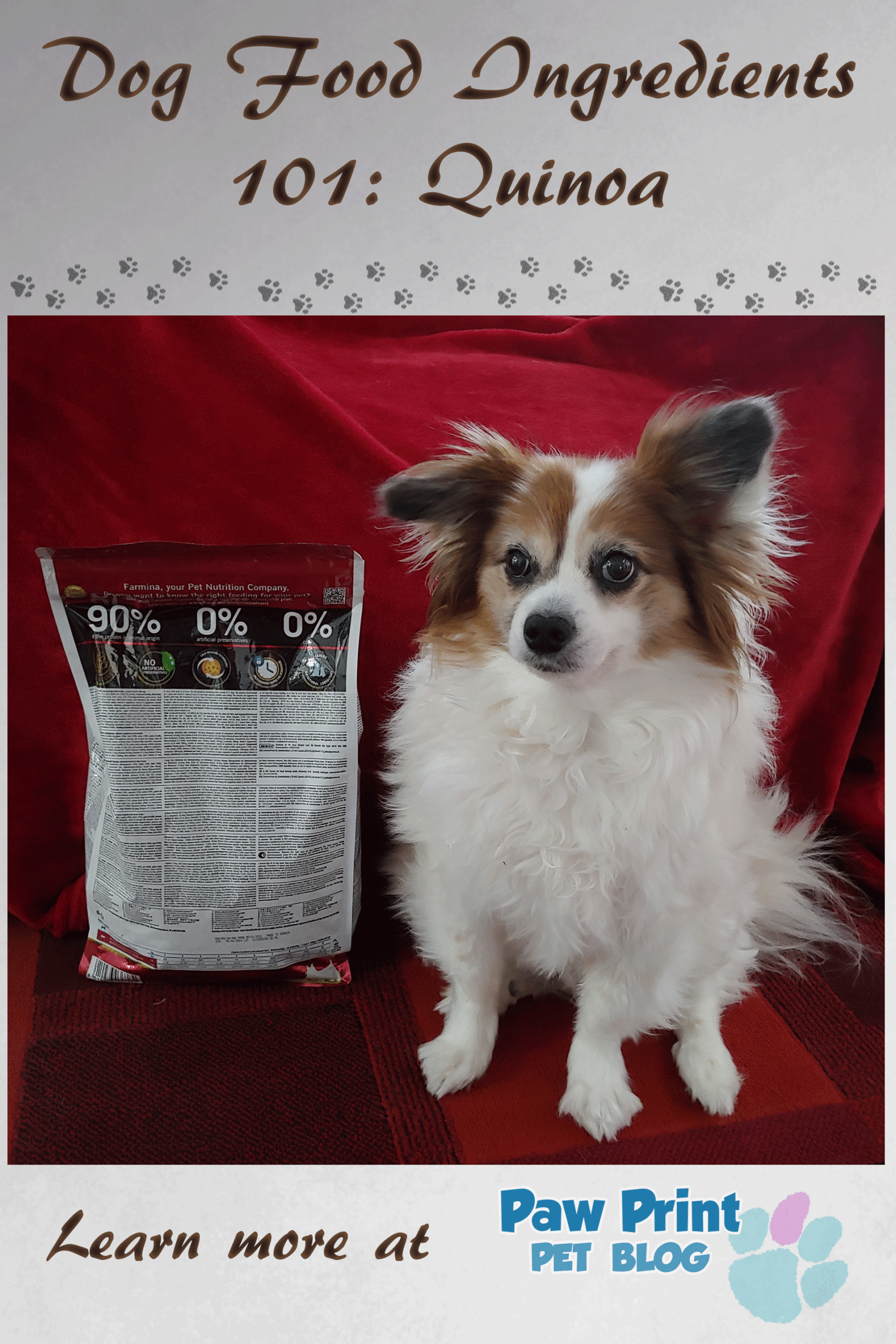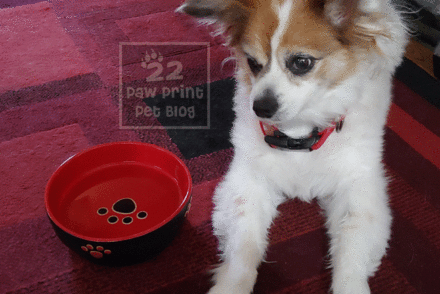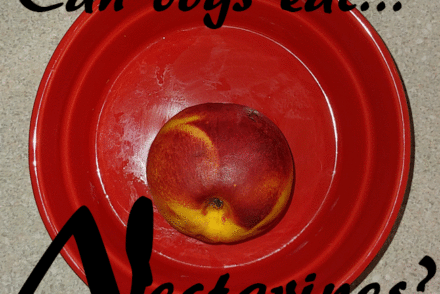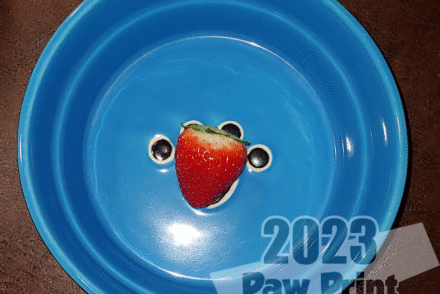 Q is always a hard letter to come up with post ideas for when it comes to the April Blogging from A to Z Challenge! But there’s just something about the letter Q. When you come to it, it feels like you’re almost at the end of the alphabet. It’s hard to believe that after today, there are only 9 letters left in the A to Z challenge and only 10 days left in April. This year is just flying by!
Q is always a hard letter to come up with post ideas for when it comes to the April Blogging from A to Z Challenge! But there’s just something about the letter Q. When you come to it, it feels like you’re almost at the end of the alphabet. It’s hard to believe that after today, there are only 9 letters left in the A to Z challenge and only 10 days left in April. This year is just flying by!
I’m going to cheat a bit today for Q, because I’ve actually already written about quinoa here before. I wrote about quinoa for dogs during last year’s (2022) April challenge. I’m allowing myself a bit of a pass today, though, because in a little bit I have to take Kitsune to the vet. No worries, he’s ok! We’re just repeating his bloodwork to keep an eye on his liver numbers.
This post is part of our 2023 April blogging from A to Z Challenge! Join us this month as we go through the alphabet, A to Z, learning more about some of the ingredients that are commonly (or not so commonly, in some cases) found in our dog’s food!

Post Contents:
What is Quinoa?
Well, to quote myself…
Quinoa (pronounced keen-wah, by the way) is a plant in the goose-foot family. Although quinoa is often thought of as a grain, it is not technically one. It’s a bit hard to classify – quinoa is a seed that is harvested from plants classified as pseudo-cereals. It’s actually closest in relation to leafy greens such as spinach and Swiss chard.
Why is Quinoa Added to Dog Food?
Quinoa is a super food. It’s a complete protein, which means that it contains all 9 essential amino acids. It also contains iron, phosphorous, magnesium, vitamin B, vitamin E, and omega 3 fatty acids, among other nutrients. It’s high in fiber, and cancer fighting antioxidants. While being high in good stuff like protein and nutrients, quinoa is low in fat and cholesterol.
If you haven’t figured it out yet – yes, quinoa is safe for dogs. In fact, it’s increasingly being used as an ingredient in higher quality dog foods. Being a plant based food, quinoa is not as easy for dogs to digest as meat, but they can still derive benefits from eating it.
Cons of Feeding Quinoa to Dogs:
Quinoa contains oxalates. Oxalates, or oxalic acid, is a compound found naturally in some plants. Oxalates can cause GI upset, and are thought to increase inflammation. Feeding dogs with arthritis or other inflammatory issues high amounts of quinoa is probably not a good idea. Oxalates can also increase the risk of developing kidney and bladder stones, because they bind calcium.
Although it is not technically a grain, some dogs can suffer from allergies to quinoa.
Benefits of Quinoa for Dogs:
Quinoa is a super food packed full of beneficial nutrients such as amino acids, iron, phosphorous, magnesium, vitamin B, vitamin E, and omega 3 fatty acids. Because it is so nutrient dense, it can be a good alterative to grains such as corn or soy in dog food. Quinoa is low in calories but high in fiber. This means that while it can provide your dog with many nutrients and help them feel full, it doesn’t add a ton of additional calories to dog foods. It can be an especially great nutrient source for dogs who require a low calorie diet.
So What’s the Verdict on Quinoa? Is it Safe as a Dog Food Ingredient?
As long as your dog is not allergic to quinoa, it is safe in moderation. If your dog has arthritis or another inflammatory condition, or is prone to developing bladder or kidney stones you might want to discus with your vet/vet nutritionist whether or not quinoa should be a healthy part of your dog’s diet. The effects of oxalates in quinoa are decreased with processing. The amounts of processed quinoa found in commercial dog foods should not lead to issues such as GI upset.
Comment below! Do you like quinoa? Does your dog? Have you ever fed a commercial dog food that contained quinoa?

We’ve, unfortunately, been dealing with content scrapers stealing our articles lately. You shouldn’t be seeing this article on any site other than pawprintpetblog.com! If you’re reading this article on any other site, we’d love for you to take the time to contact us and let us know and, if you have the time, stop by and visit us on our official site! Thanks you.





No Comments